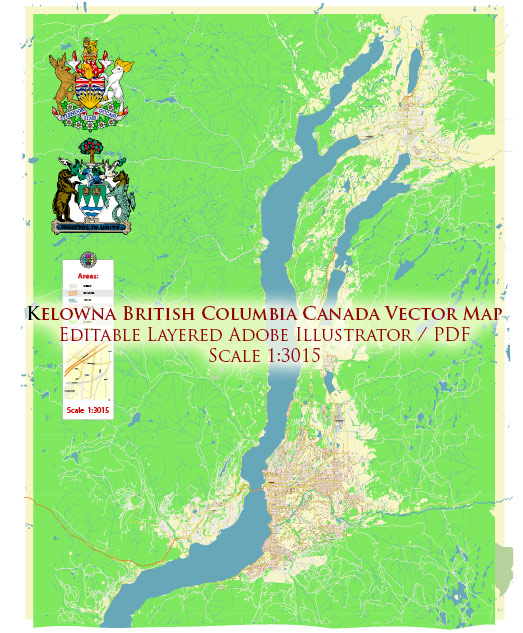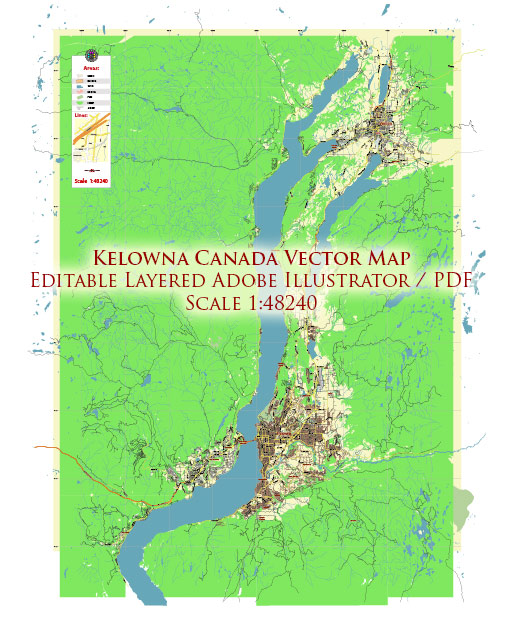Kelowna, located in the Okanagan Valley of British Columbia, Canada, has a rich history of urban development that has shaped it into the vibrant city it is today. The development of Kelowna can be traced through several key phases:
- Indigenous Settlements: Before European settlement, the Okanagan Valley was home to Indigenous peoples, including the Syilx (Okanagan) people. They lived in the region for thousands of years, relying on the valley’s abundant natural resources for sustenance.
- European Exploration and Fur Trade: European explorers, primarily fur traders, began to explore the area in the early 19th century. The fur trade played a significant role in opening up the region to European influence.
- Agriculture and Settlement: The late 19th and early 20th centuries saw the establishment of agriculture in the Okanagan Valley. Fruit orchards and vineyards became prominent, and the fertile land attracted settlers. Kelowna was officially incorporated as a city on May 4, 1905.
- Transportation Development: The arrival of the Canadian Pacific Railway in the early 20th century facilitated transportation and trade in the region. The railway contributed to the growth of Kelowna as a commercial and agricultural hub.
- Post-War Growth: After World War II, Kelowna experienced significant population growth and economic development. The demand for agricultural products, particularly fruit, and an increase in tourism contributed to the city’s expansion.
- Tourism and Recreation: In the latter half of the 20th century, Kelowna emerged as a popular tourist destination, attracting visitors for its picturesque landscapes, wineries, and outdoor recreational activities. The tourism industry became a key component of the local economy.
- Urbanization and Infrastructure: As Kelowna continued to grow, there was a corresponding expansion of urban infrastructure, including roads, schools, and healthcare facilities. The city’s skyline transformed with the construction of commercial and residential buildings.
- Technology and Innovation: In recent decades, Kelowna has also seen the emergence of a technology and innovation sector. The growth of tech companies and startups has diversified the local economy.
- Challenges and Opportunities: The city has faced challenges related to managing growth, preserving its natural environment, and addressing issues such as housing affordability. Urban planning has become a crucial aspect of Kelowna’s development to ensure sustainable growth and a high quality of life for residents.
Overall, Kelowna’s history of urban development reflects a dynamic interplay of agriculture, transportation, tourism, and technological innovation, shaping it into a thriving city in the heart of the Okanagan Valley.




 Author: Kirill Shrayber, Ph.D.
Author: Kirill Shrayber, Ph.D.